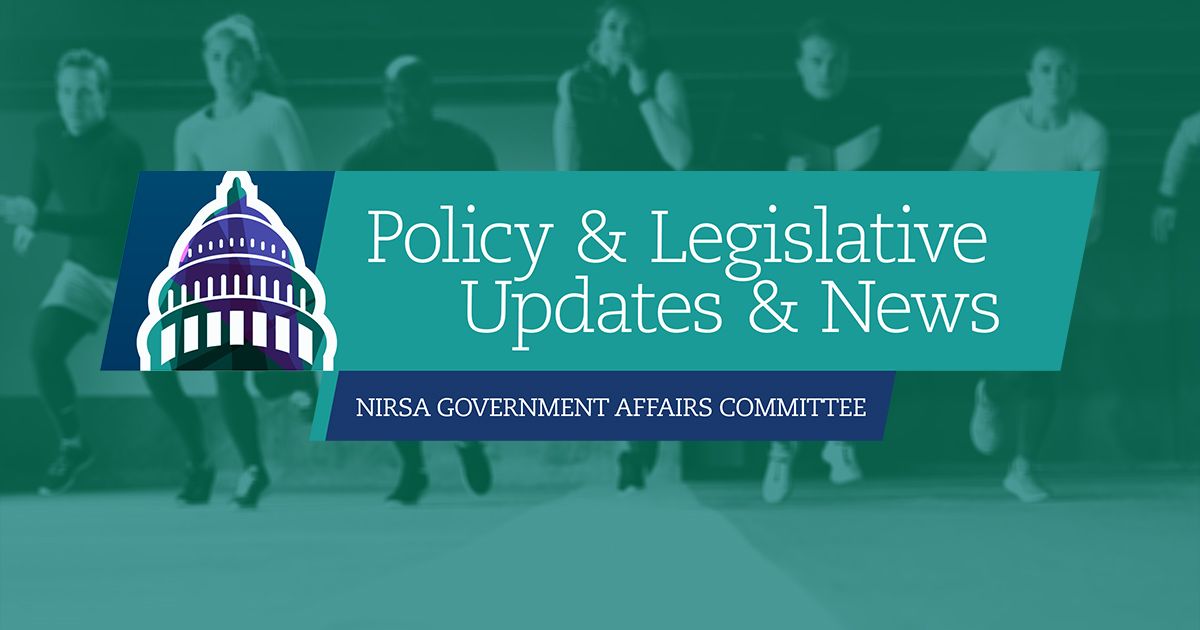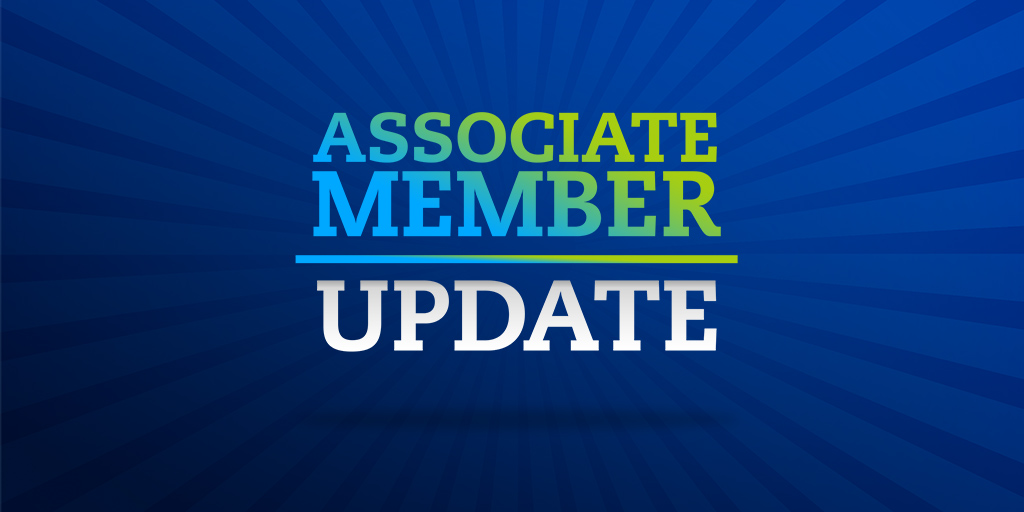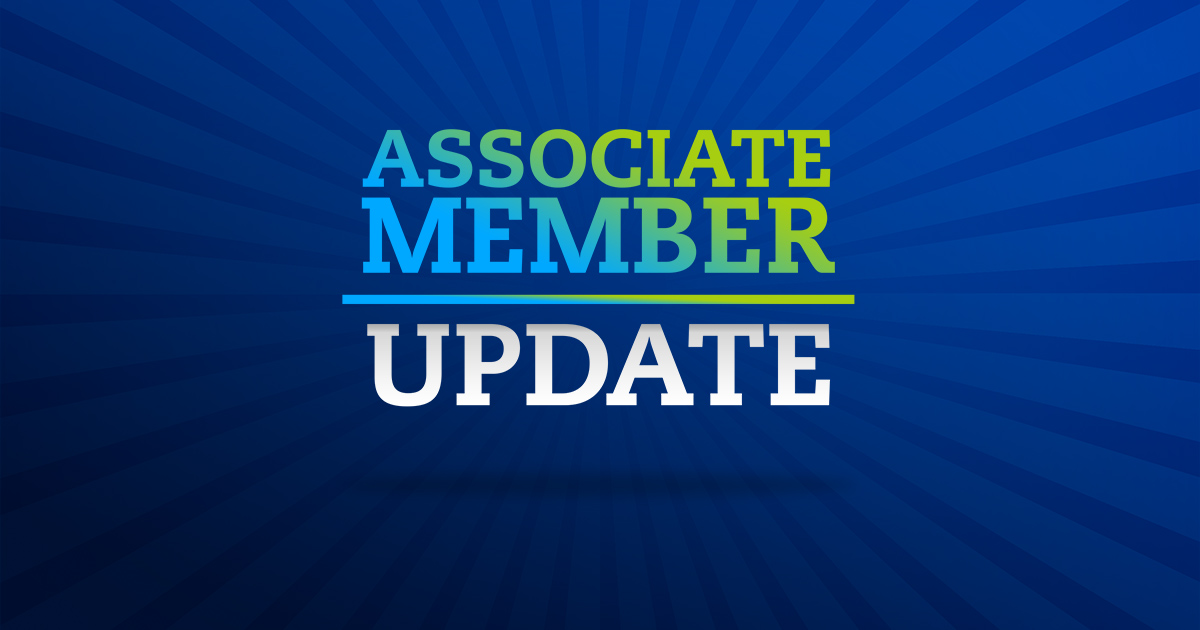Though concussion protocols are crucial for on-campus housing, student unions, university events, and other areas on campus, campus recreation is particularly vulnerable to the threat posed by concussions and consequent changes in insurance coverage.
Class-action lawsuits
Reinsurance companies like those in London and Zurich insure the risks of very large losses for other insurance companies such as those caused by hurricanes and floods to large buildings. There is worry in the reinsurance industry about the future impact of class-action lawsuits resulting from concussions like those seen in the NHL, NFL, and NCAA. These class-action concussions lawsuits essentially claim the same thing: that organizations like the NFL were negligent for failing to better prevent head trauma injuries and for not sufficiently warning players of the risks and implications of these injuries. These class-action lawsuits may result in huge monetary losses for insurance companies covering the settlements in successful lawsuits.
What does this have to do with campus recreation?
All large commercial insurance firms providing insurance to universities (think Marsh, United Educators, AIG) essentially provide ‘basic’ insurance coverage (e.g. general liability, fire, flood etc.). While losses in these areas can be large, they are insignificant compared to a major loss such as a large building completely destroyed by fire or a class-action concussions lawsuit. For these large losses, insurance companies have to go to a reinsurer like Lloyds of London to purchase additional (excess) insurance to cover ‘major losses.’
So what’s the takeaway for campus recreation? Simply put, if reinsurers continue to express concerns about concussions and class-action lawsuits, they may decide to stop providing ‘big-loss’ insurance coverage for concussions.
Insurance coverage that excludes concussions
Unfortunately, negligence liability insurance coverage for recreation and varsity programs that excludes concussions is no longer hypothetical. A major insurer has already implemented this change and is excluding all traumatic brain injury while endorsing their Neurodegenerative Injury Exclusion Endorsement for all colleges, universities, educational institutions, municipalities, and school districts with athletic exposures. The change will apply to all new business and be implemented at renewal.
If universities are unable to purchase liability coverage for concussions, then they will have little choice but to self-insure (i.e. internally cover any losses). However, this is incredibly unrealistic considering how much money would be involved if a class-action concussions lawsuit were successful.
“At Oklahoma State University, we offer 36 sport club opportunities. These opportunities enhance the lives of hundreds of students on our campus,” says Assistant Director of Recreation Programs at Oklahoma State University, Jason Linsenmeyer, PhD. “These students are passionate about their sports and if insurer’s exclude neurodegenerative injuries from insurance policies, it could have a devastating impact on our students,” he adds.
What is more likely to happen is that universities will either have to scrap all varsity and recreation programs where there is a concussion risk or cancel higher-risk sports such as sport clubs where there is a higher probability of participants sustaining a concussion. However, the reality is that for almost all recreational activities, there is some chance that a concussion will be sustained. Even a badminton game has the potential for someone to slip and fall.
A possible solution
The best way to combat the insurance industry’s fear of huge losses from class-action lawsuits is to demonstrate how your university is taking reasonable steps to reduce concussions and effectively respond to potential concussions when they happen. In other words, convince the insurers that the grounds for previous class-action negligence lawsuits do not apply in your situation.
However, this is where the threat to campus recreation is particularly more significant that other areas of the campus community. Even varsity athletics can argue that they have athletic trainers in place to recognize and respond to head trauma injuries. Except in a minority number of cases, campus recreation departments do not operate using a model that has an athletic trainer in place.
That being said, recreation departments can still be proactive in reducing and responding to concussions.
Steps to reducing concussions
Good risk management involves taking a good, hard look at your current practices. In other words, departments should do a risk assessment of current programs and facilities to determine if they can realistically manage the risks involved.
Longtime NIRSA partner SportRisk has delivered quality risk management assessment and training tools to NIRSA members for many years and offers resources such as this article on Determining Risk Profile and the downloadable Risk Rating Form to help you with the risk assessment.
The risk rating form allows departments to review higher risk programs such as sport clubs and the climbing wall. The following is a breakdown of the process.
- Since programs like sport clubs are multi-faceted, they will first need to be split into individual clubs (e.g. rugby, lacrosse, badminton etc.).
- Departments can start the Risk Rating exercise by listing each risk component. For example, the rugby club risk components could be: physical contact, concussions, no athletic trainers, travel, and club executive.
- Next, assign a probability (P) and severity (S) value to each component and calculate the Risk Rating by multiplying P x S.
- Identify risk controls: strategies which will reduce P and/or S. For rugby club travel, the control strategy could be ‘develop and implement travel policies.’
- Repeat the P & S exercise and determine what the new Risk Rating is.
You’ll never be able to reduce a Risk Rating to zero since there will always be ‘residual risk’ left over even after controls have been implemented. The question then becomes: can you manage this residual risk and who decides?
In the past, recreation departments have been reluctant to cancel programs—it’s not in their nature! But in some cases, program cancellation may become essential if the department cannot realistically reduce the risk to a level where both the department director, institutional risk manager, or insurer are comfortable. Institutions do have to assume some risk, otherwise you’ll end up with no programs, but it’s important to establish how much risk is too much.
For the concussions component, the Risk Rating exercise will help determine if the risks are currently or will continue to be too high for some activities. You may be simply unable to implement sufficient controls to reduce the risk to manageable levels, and if your campus doesn’t eliminate or adequately control for concussion risks associated with some programs, the insurance industry may want to know why not.
Effectively responding to concussions
There are a number of possible strategies which campus recreation departments can exercise to demonstrate due diligence in responding to concussions. While it may take a few years to evolve the profession’s practices to a level where the insurance industry feels more comfortable and less fearful about concussion coverage, you have to make a start! The following are some possible strategies to consider.
- Recreation departments can hire one or more athletic trainers. While we all know budgets are tight, this is where collegiate recreation is heading, since concussion injuries will not go away any time soon. Institutional risk managers can help the cause by supporting arguments at the senior administration level for the hiring of athletic trainers.
- Recreation departments can work cooperatively with varsity programs to get help and potentially explore sharing athletic training resources.
- Departments can develop educational and training tools to make participants and staff more aware of what concussions are and how to recognize and deal with them.
- Recreation professionals can work with other agencies on campus (e.g. Health Services) to develop reasonable plans to address concussion response, including return to play/learn protocols.
Where do you start?
There’s so much information out there on concussions it can be daunting! Starting from scratch is overwhelming (not to mention extremely time-consuming task. The best strategy is to (a) implement a proven product and (b) start with whatever small measures you can and build on your experiences.
For campus recreation, this means focusing initially in three areas:
- Increase concussion awareness for participants and staff.
- Train key people to recognize and respond to potential concussions. This can be key staff like sport club safety officers or participants like team captains.
- Develop a simple ‘return to learn/play protocol.’
As leaders in collegiate recreation, NIRSA has recognized the need to assist campuses in addressing these three areas. NIRSA has partnered with risk management experts SportRisk to help develop concussion-training resources that are simple to implement.
To help recreation departments get something in place without having to do all the legwork, the SportRisk concussions training package provides an excellent starting point in addressing these challenging concussion-response issues.
Ultimately, recreation departments should be taking these precautions anyway. There’s no need to wait until the other ‘insurance shoe’ drops! Recreation professionals have a duty of care to their participants and clients. This duty translates into working to prevent concussions from happening in the first place and dealing efficiently with suspected concussions. In other words—good risk management!
Learn more
Learn more about concussion protocols at NIRSA 2019 during the session “Concussions Management: What Do We Do?” The session will be held Monday, February 18, from 9:15am-10:15am in room 312. Hosted by Jason Linsenmeyer of Oklahoma State University and Christopher Schmoldt of Florida State University, you can come learn two different approaches to partnering with your university health center to better manage concussions in your program. This session will cover ways to manage concussions with athletic trainers or student supervisors present.
- For more information about the SportRisk concussions training package, visit the SportRisk website.
Ian McGregor, PhD, is currently the President of Ian McGregor & Associates.






